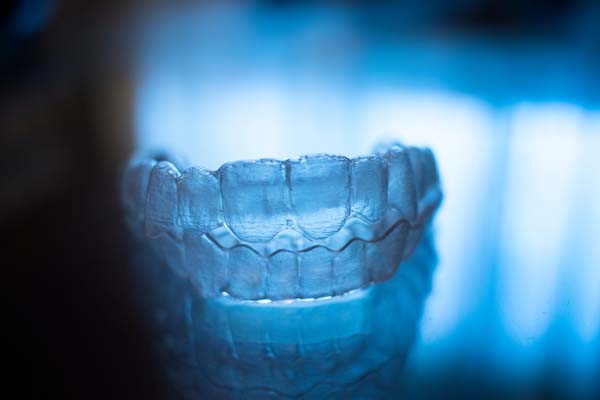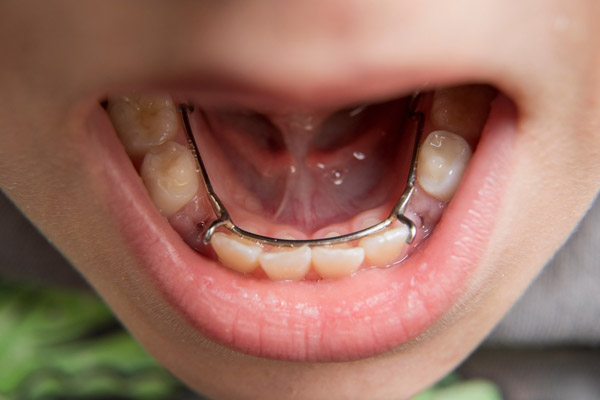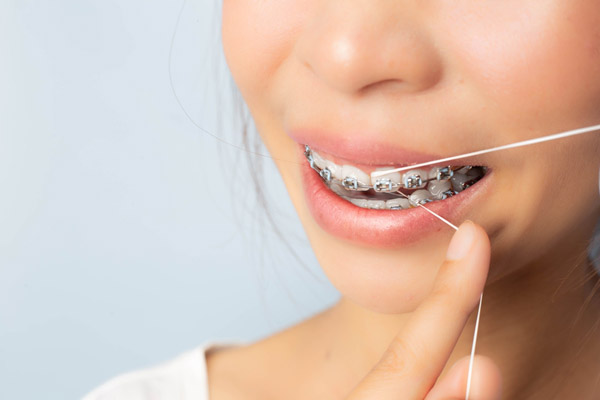Why Clear Braces for Teens Are Recommended

Clear braces for teens are recommended when a dentist notices that your child is developing teeth or jaw alignment issues. The American Association of Orthodontists advises taking your child for orthodontic assessment once they reach the age of 7.
At this point, their smile should be fully developed and developing issues can be detected. Appliances like clear braces can be used to straighten a child’s teeth once their 12-year-old molars have erupted. At this stage, the child’s jaw and facial structures are still developing, making it easier to push their teeth in the right direction.
Why a dentist might recommend clear braces for teens
Metal braces have been the standard for teeth-straightening treatments, and they have been used for centuries. They are durable appliances that improve teeth alignment by pushing the wearer’s teeth into a better position.
Traditional metal braces are made up of metal brackets that are cemented to the patient’s teeth and metal wires that connect these brackets. Tightening the wires increases the force applied to the wearer’s teeth.
Metal braces remain the most effective way to straighten teeth, but they have poor aesthetics. Given how self-conscious teenagers can be, dentists often recommend subtler teeth-straightening treatments.
Clear braces for teeth are just like metal braces, with two main exceptions. The metal brackets are exchanged for clear or tooth-colored ones, and the metal wires are replaced with transparent ones. This gives the patient an oral appliance that can barely be noticed when they smile.
Aligner trays are another discreet way that a teenager can straighten their teeth, but these are removable devices that need to be worn for at least 20 hours a day. Keeping up with them over the course of treatment, which can be as long as two years, is a tall order for anyone, especially a teenager with a million things to do. Not wearing aligner trays as recommended diminishes their effectiveness.
Life with clear braces
The brackets used for clear braces are usually made with ceramics, so they are not as durable as the brackets that make up metal braces. They cannot be moved once cemented to the patient’s teeth, and wires connect the brackets on a dental arch to apply force on the patient’s teeth. If the teen has bite issues, rubber bands might be attached to connect brackets so the patient’s bottom teeth and lower jaw are pushed into the proper alignment.
Get your teen the orthodontic treatment that they need
Do you think that your teenager needs teeth-straightening treatments? Call or visit our Laurinburg clinic to set up an appointment with our orthodontist.
Request an appointment here: https://laurinburg.orthoisfun.com or call Henry Orthodontics at (910) 566-0231 for an appointment in our Laurinburg office.
Check out what others are saying about our dental services on Yelp: Clear Braces in Laurinburg, NC.
Recent Posts
Thinking of going for orthodontic treatment but worried about unsightly metal braces? Read on to learn about the advantages of aesthetic braces. For decades, patients had no choice but to straighten their teeth with unsightly braces with metal brackets and wires. This had a tremendous impact on their self-esteem, and many decided to forego braces…
We all want our children to have straight, healthy teeth; clear braces for teens (or invisible braces) for teens are an excellent solution compared to traditional braces. Thankfully, modern dentistry has made major improvements in braces technology that makes them more effective and more comfortable, and invisible. Now there’s no longer a need to worry…
We provide clear braces for adults, something regularly used by patients of ours who are planning on getting married. Many people visit us when they are engaged to talk about their smile. Getting married is incredibly exciting, and there is a great deal of planning that goes into it, including how to look and feel…
Ceramic braces are a fantastic way to straighten the misalignment of teeth without making the fact that you are wearing braces blatantly obvious. Ceramic braces, which in essence serve the same role as traditional braces, are designed to be the same color as teeth to hide the brackets from being visible.While ceramic braces most certainly…


